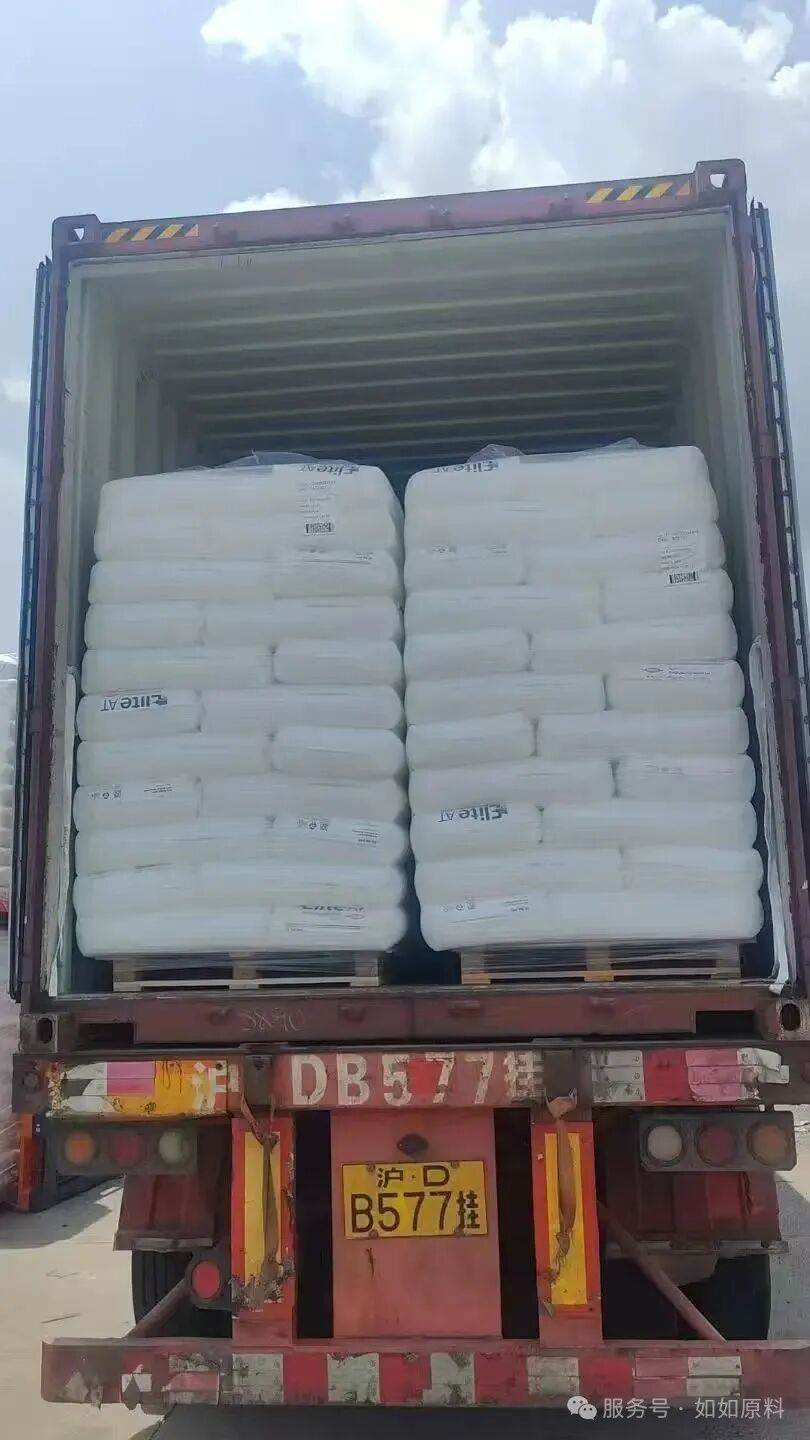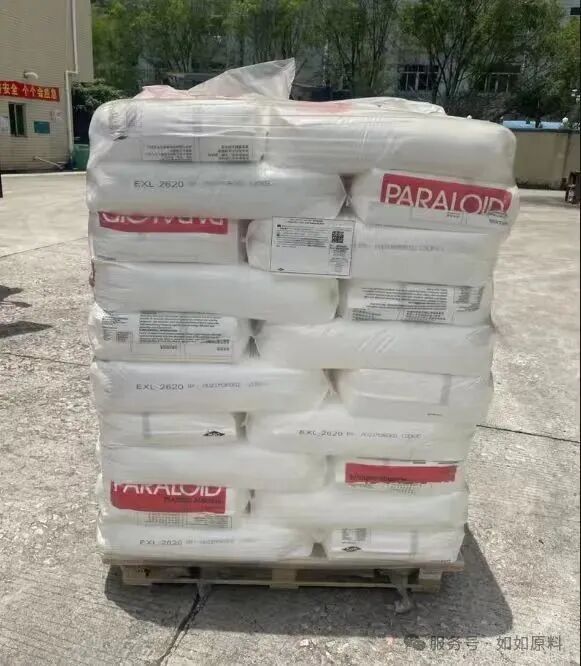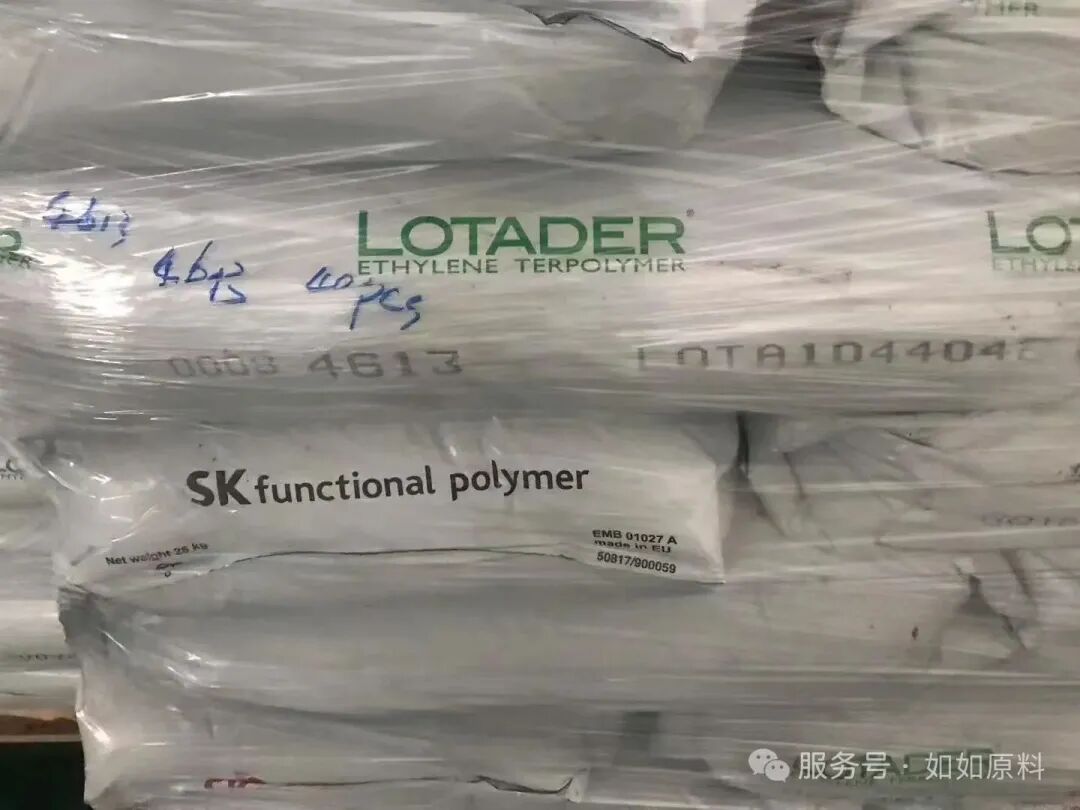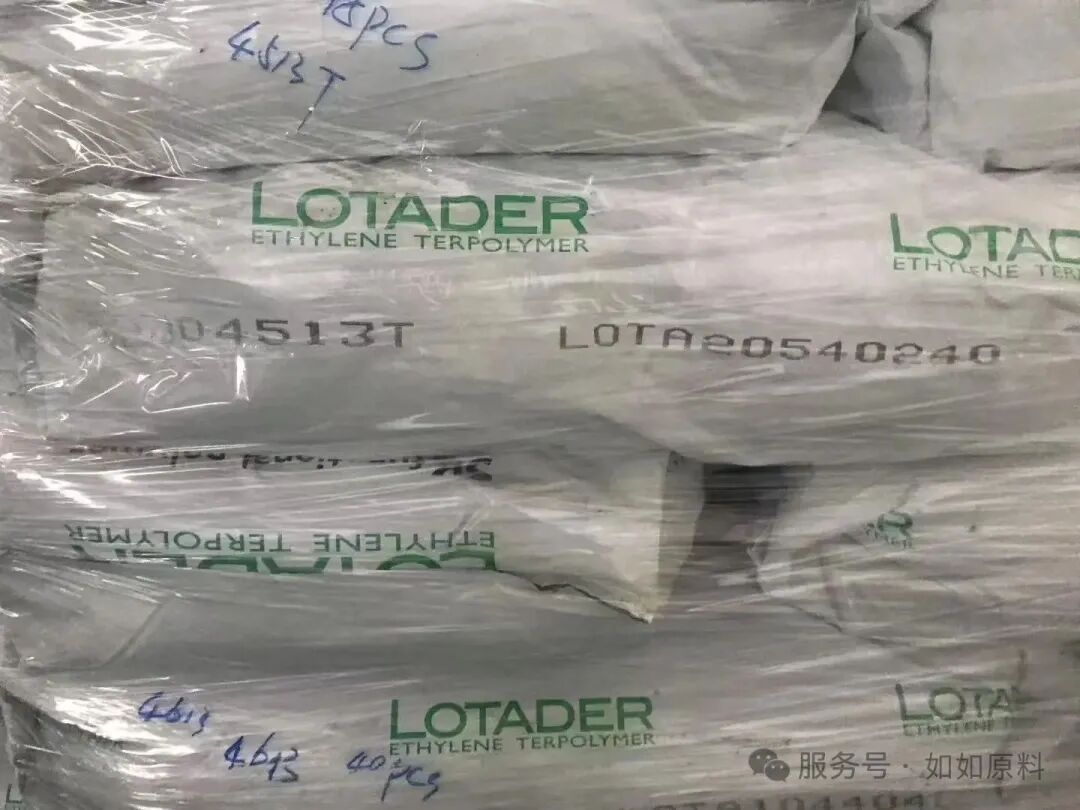A Comprehensive Guide to Plastic Modification: 13 Main Methods and Specific Processes
1、Polymer alloy modification method

(1) Mechanical blending modification method
The method of mixing two or more polymers in powder, solution, emulsion, or melt form in a mixing device, forming a polymer alloy with each component uniformly dispersed through mechanical mixing, shear, and other actions, is called mechanical blending.
(2) Graft Copolymerization Method
Graft copolymerization is the process in which polymer monomer B undergoes a polymerization reaction with the main chain of polymer A, typically resulting in the structure shown in the figure below.
The basic principle of grafting is to use an initiator or thermal energy to initiate the formation of free radicals on the main chain of polymer A, allowing the monomer of polymer B to transfer to the free radicals on the main chain of polymer A and polymerize, thus producing a graft copolymer.
(3) Block Copolymerization Method
The process in which Polymer A and Polymer B undergo depolymerization and breakage under strong shear forces, ultrasound, or high electric fields in a viscoelastic or molten state, producing macromolecular free radicals with terminal active sites, is referred to as the block copolymerization method. This process involves the formation of block copolymers through the interaction of different types of macromolecular free radicals or by first preparing a polymer with terminal active sites and then polymerizing another monomer to generate block copolymers.
(4) Multilayer emulsion copolymerization method
The method of first using one type of polymer monomer for emulsion polymerization to generate particles as the core, and then polymerizing another type of polymer monomer on their surface to form multilayer particles with different compositions in the inner and outer layers is called multilayer emulsion copolymerization.
(5) Reactive Capacity Expansion Blending Method
In the case of poor thermodynamic compatibility or immiscibility between two types of polymers, a compatibilizer is added to reduce the interfacial energy between the two phases, promote the dispersion of phases during the blending process, prevent the coalescence of the dispersed phase, enhance the inter-phase adhesion, or functionalize the components of the blended polymers, thereby modifying them through mutual reactions.
(6) Interpenetrating network modification method
First, prepare a moderately cross-linked polymer network (Polymer A) and swell it in a second polymer monomer (Polymer B) containing an activator and a cross-linking agent. Then, initiate polymerization to generate a cross-linked polymer network, which interpenetrates with the first polymer network to form a new polymer alloy structure. This reaction process is called the interpenetrating network modification method.
(7) Reactive Extrusion Modification Method
Using a twin-screw reactive extruder, the process allows the materials to be blended while undergoing compatibilization reactions or chemical reactions simultaneously.
Dynamic Sulfurization Modification Method
The process of uniformly dispersing materials while simultaneously conducting a crosslinking reaction to produce polymer alloys in the presence of vulcanizing agents or crosslinking agents during the melt mixing process.
(9) Molecular composite modification method
The process of using rigid rod-like polymers as the dispersed phase and flexible polymers as the continuous phase, employing melt blending or in-situ polymerization techniques, to uniformly disperse a small amount of the dispersed phase into the continuous phase to form a polymer alloy.
(10) Comprehensive Modification Method
The modification method in the polymer modification process adopts techniques such as copolymerization, multiple emulsion polymerization, and reactive extrusion to complete alloying in one step. This polymer alloy has a micro-phase separation morphology, high thermal deformation temperature, and good impact strength.

2、Filling modification method
The filling modification method is a modification technique that involves mechanically blending fillers, which differ in composition and structure from the polymer matrix (including inorganic and organic fillers), into the polymer to form a uniformly dispersed composite system. Common fillers can be divided into three categories:
Inert packingTo increase volume and reduce cost.
(2) Active fillerTo improve certain mechanical and physical properties of the polymer.
(3) Functional FillerTo impart or enhance certain functional properties of polymers.
3、Enhanced modification method
The reinforcement modification method involves using polymers as the matrix or continuous phase and fibers (such as glass fibers, carbon fibers, aramid fibers, ultra-stretched polyethylene fibers, ceramic fibers, metal fibers, etc.) as the reinforcement material or dispersed phase. This method employs impregnation or mechanical mixing to create a uniformly dispersed composite material system.
The purpose of enhancement modification is:
1) Improve the hardness, density, rigidity (elastic modulus), and strength of engineering plastics.
2) Improve the heat distortion temperature of engineering plastics and reduce the dependence of their mechanical and physical properties on temperature.
3) Reduce product shrinkage rate.
Improve the creep behavior and apparent modulus of engineering plastics, reduce load viscoelastic yield characteristics, and locally enhance impact strength.
5) Reduce costs, etc.
4、Nanomodification method
Nanomodification is a modification method that employs techniques such as mechanical blending, in-situ polymerization, intercalation, sol-gel, and molecular assembly to uniformly disperse nanoscale inorganic particles, ceramic particles, metal particles, semiconductor particles, carbon nanotubes, nano-onions, nanowires, etc., into a resin matrix to form a new type of plastic system.


【Copyright and Disclaimer】The above information is collected and organized by PlastMatch. The copyright belongs to the original author. This article is reprinted for the purpose of providing more information, and it does not imply that PlastMatch endorses the views expressed in the article or guarantees its accuracy. If there are any errors in the source attribution or if your legitimate rights have been infringed, please contact us, and we will promptly correct or remove the content. If other media, websites, or individuals use the aforementioned content, they must clearly indicate the original source and origin of the work and assume legal responsibility on their own.
Most Popular
-

Zf asia-pacific innovation day: Multiple Cutting-Edge Technologies Launch, Leading Intelligent Electric Mobility
-

Mexico officially imposes tariffs on 1,400 chinese products, with rates up to 50%
-

Fire at Sinopec Quanzhou Petrochemical Company: 7 Injured
-

List Released! Mexico Announces 50% Tariff On 1,371 China Product Categories
-

Argentina Terminates Anti-Dumping Duties on Chinese PVC Profiles! Kingfa Technology & Siemens Sign Digital and Low-Carbon Cooperation Agreement






